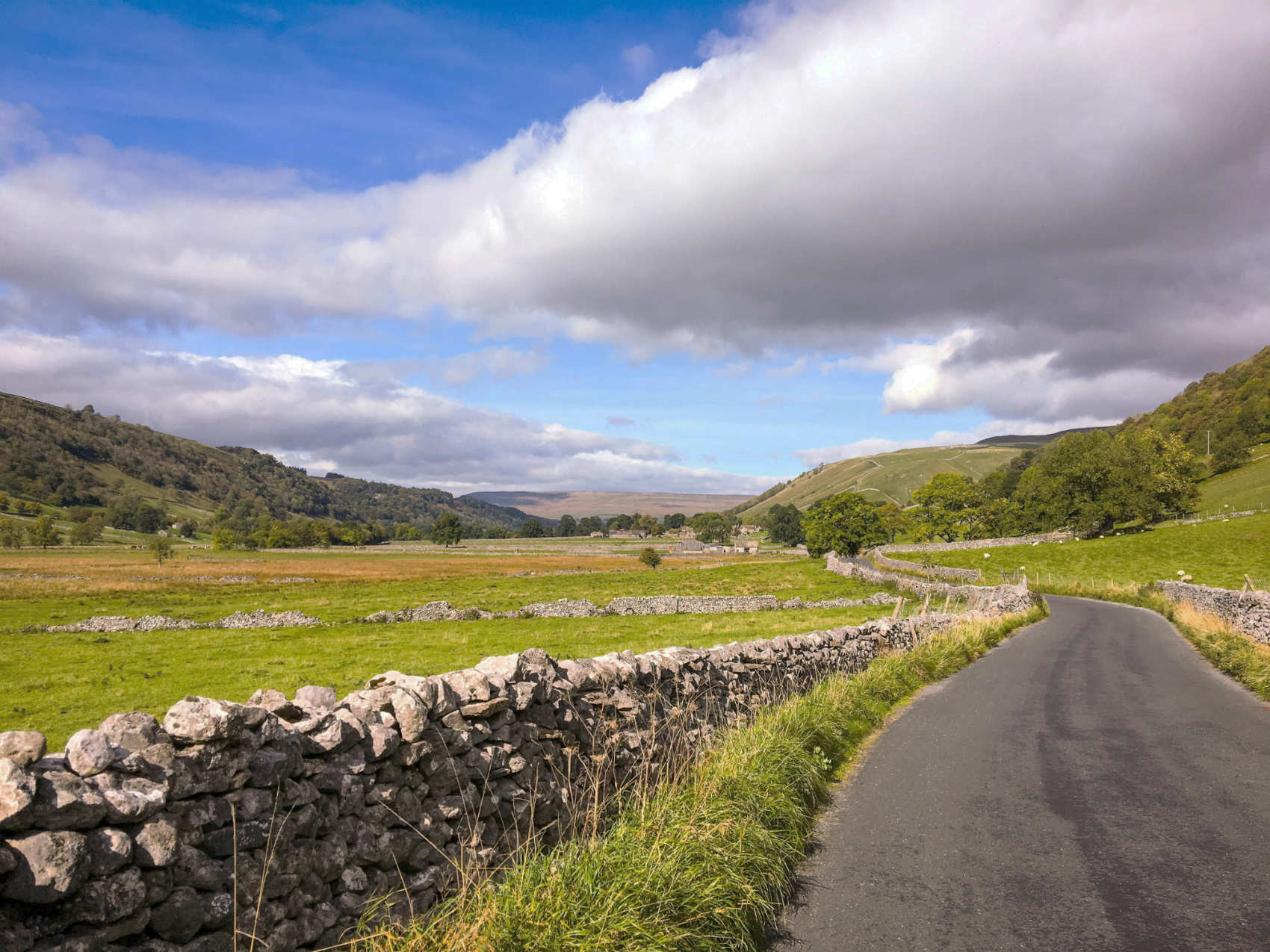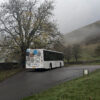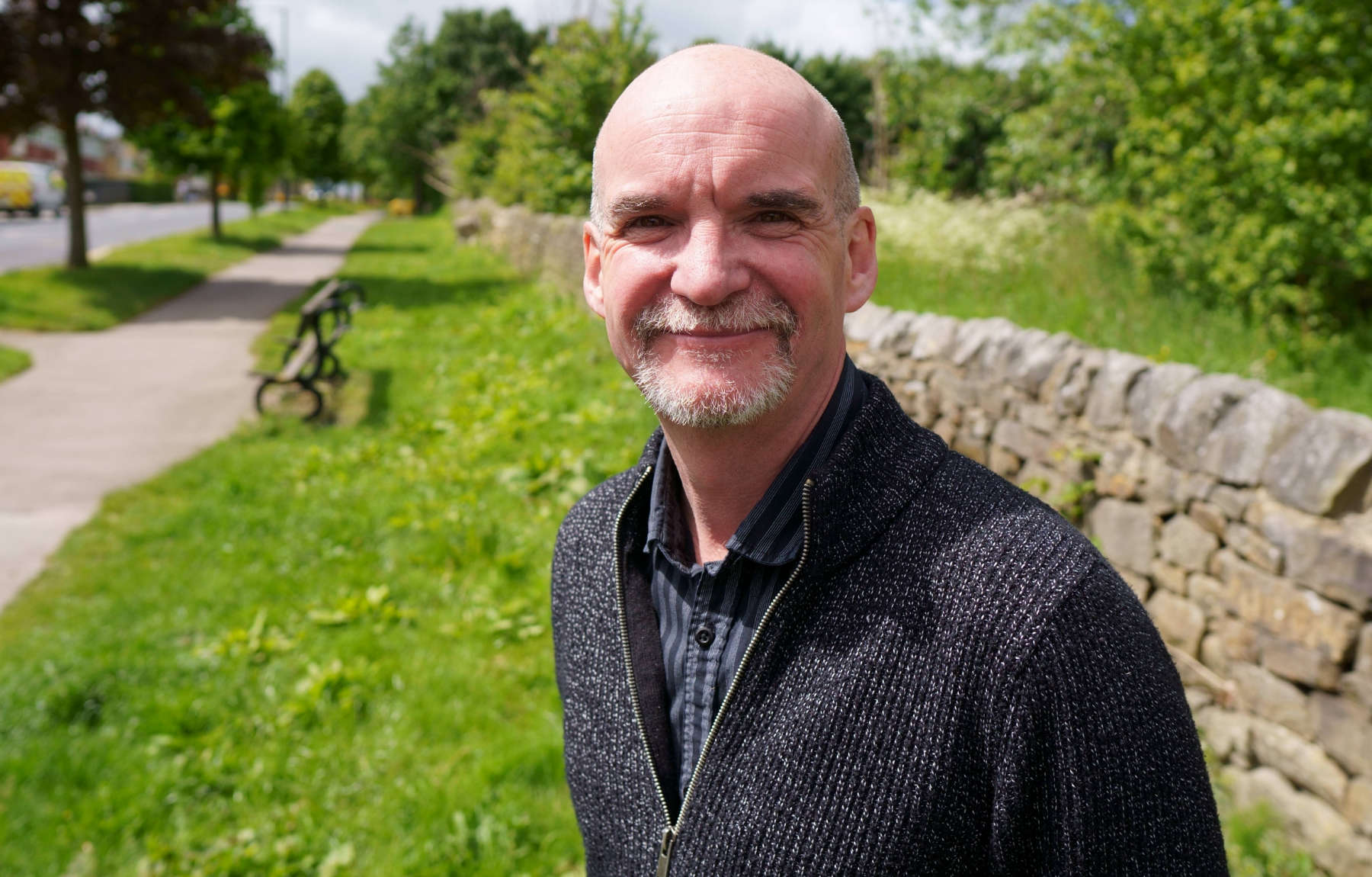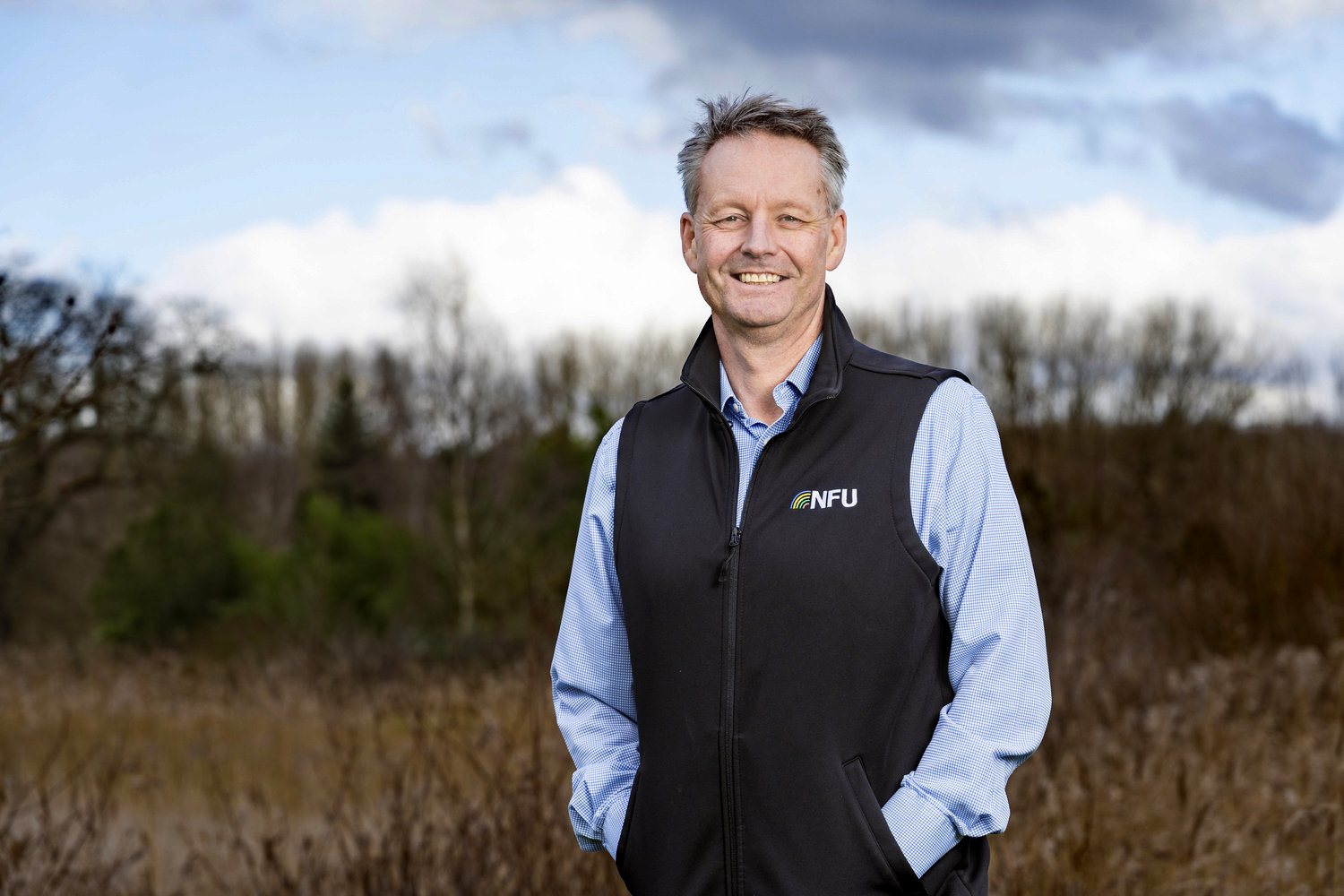The Local Government Boundary Commission is undertaking further consultation on new boundaries for 25 council divisions in the central and western parts of North Yorkshire.
The Commission is not seeking submissions about the rest of the authority. A full set of final recommendations for the council is scheduled to be published on 14 January 2026.
The Local Government Boundary Commission wants to hear what residents and local organisations think about the new proposals. The Harrogate boundaries are not part of this further consultation, meaning that the Harrogate District will have 12 divisions with Jennyfields and Killinghall Moor becoming one. The second consultation considers ares towards Pateley Bridge, and the more rural areas.
A final six-week consultation on the proposals will run until 13 October 2025. This follows two previous periods of consultation.
Proposed divisions for North Yorkshire Council:
To view the draft 1 and draft2 changes, use the toggle selection on the map.
See map: https://lgbce.maps.arcgis.com/apps/instant/basic/index.html?appid=47fcbe36369748ae96827100a5708b4e
The Commission is the independent body that draws these boundaries. It is reviewing North Yorkshire to make sure councillors will represent about the same number of electors, reflect community identity, and that division arrangements will help the council work effectively.
The commission is proposing 25 divisions in central and western North Yorkshire, each represented by a single councillor.
Proposed changes from the original draft proposals include:
- Significant changes in the Nidderdale, Washburn and Wharfedale areas, based on new strong evidence and our own observations when visiting the area
- Substantial revisions to divisions in the central part of North Yorkshire to reflect the evidence received and the topography of the area
Launching the consultation Andrew Scallan CBE, Deputy Chair of the Local Government Boundary Commission for England, said:
We are publishing further recommendations for a new pattern of divisions across central and western North Yorkshire, and we are keen to hear what local people think of the recommendations. We want people in central and western North Yorkshire to help us.
We have drawn up final proposals for new divisions in central and western North Yorkshire. We want to make sure these new electoral arrangements reflect communities. We also want them to be easy to understand and convenient for local people.
Residents and local organisations have already helped us in refining our earlier proposals. Now we would like them to let us know whether they agree with our proposals before we take final decisions.
It’s easy to get involved. Go to our website. Or you can e-mail or write to us.
Just tell us what you think and give us some details why you think that. It’s really simple, so do get involved.
People can also give their views by e-mail at reviews@lgbce.org.uk, and by post:
The Review Officer (North Yorkshire)
LGBCE
7th Floor
3 Bunhill Row
London
EC1Y 8YZ
Jonathan Swales, Reform UK – Branch Chairman, Harrogate and Knaresborough Constituency, said:
On first reading, the latest proposals for our area appear modest and pragmatic.
Fair boundaries mean every vote carries similar weight — that’s a cornerstone of local democracy.
In Harrogate & Knaresborough, the suggested alterations look proportionate to recent population changes.
The draft map’s approach to bringing Jennyfields and Killinghall Moor together is sensible: these communities sit within the same local geography and share services.
Maps should reflect how people actually live their lives.
Keeping genuinely linked neighbourhoods together helps councillors represent residents more effectively.
The Commission’s objective to equalise elector numbers is understandable. New housing across parts of the district has shifted population balances since the last review.
Where the numbers no longer match reality, updating the boundaries is the democratic thing to do.
We’ll study the details carefully and engage constructively with the process and we would encourage local residents to do the same.









